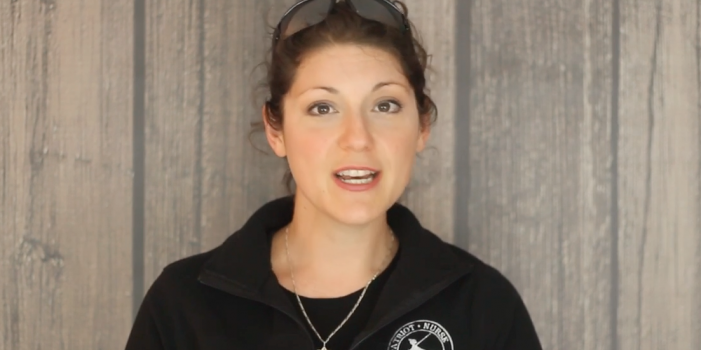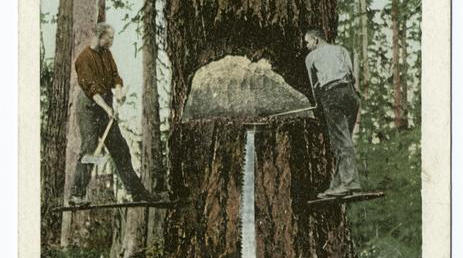Today, we are taking an exclusive look at the all-new CMMG “Banshee” 9mm pistol. Some might even call it a Personal Defense Weapon (PDW). SurvivalBlog was the first to receive this new pistol, and it has been a confidential project.
Hush-Hush Five-Week Test
We conducted a five-week test on this new AR 9mm pistol. I had originally planned on running about 500 rounds of 9mm ammo through the Banshee, which is a more than a fair test. However, I had so many volunteer testers helping me that we ran more than 1,500 rounds of ammo through this new AR pistol. It was difficult keeping this project hush-hush, and I had to keep the name of the gun and company covered over with duct tape, so no one knew what they were shooting.
Quick Specs on 9mm Banshee Pistol
Some quick specs on the 9mm Banshee pistol are in order, then we’ll get into the meat of this outstanding firearm. The Banshee has a 5-inch barrel, and the muzzle is threaded at ½-28 for a 9mm flash suppressor or registered sound suppressor (“silencer”). The handguard is actually made by CMMG, as is most of the parts. Furniture consists of a MagPul MOE pistol grip, and a Tailhook Mod 2 brace, an ambi sling plate, ambi safety, and a very unique ambi charging handle. The upper and lower receivers are Billet 7075-T6 forged aluminum, and the trigger is a CMMG single stage mil-spec design. CMMG was very good at listening to folks, and this Banshee takes any double-column Glock 9mm magazines. It comes with one 33-rd mag. Weight of the gun is 4.6 lbs, but it feels lighter. Overall length is 20 inches with the stock closed and 23 inches opened.













